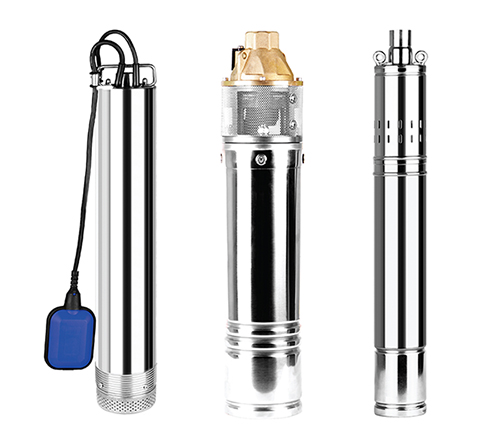Many homeowners have well water, but few are experts on this subject matter. Here are some frequently asked questions about well water problems, so you can better understand what you’re dealing with and how to solve it. We’ll also look at some of the different types of wells that people use as water sources so that you can be familiar with these as well. If you’re wondering about specific questions about your well, feel free to contact AW Pump to learn more.
How do I know if my well water has high lead levels?
Here are some common signs of high lead levels in your well water: Green, brown, or orange stains on your fixtures and fittings (sinks, faucets, toilets, bathtubs) and inside your hot water heater. If you see any of these signs, call a plumber immediately. The longer you wait to fix it, the more damage will be done to your plumbing system. If your water has tested positive for high lead levels but doesn’t exhibit any of these symptoms, there is still cause for concern—lead can leach into your drinking water over time without any outward warning signs.
Is it time to buy a new well pump?

While a new well pump is an essential purchase, there are factors that you should consider before purchasing one. Because of these factors, buying a new well pump isn’t always your best option. If your pump is relatively new and working correctly, then it may be time for some repair work instead of purchasing a brand-new unit. Pumps usually have anywhere from five to ten years on them—so if yours has crossed that boundary into old age, now might be a good time to start considering replacing it. Your first step in determining whether you need a new well pump is to test your water pressure. By taking a reading at various points throughout your home, you can decide if pressure drops off at any moment. The key here is to take readings at several different times throughout the day to see how pressure fluctuates under other conditions.
What’s causing so much sulfur in my well water?
Sulfur smells in well water can be caused by bacterial sulfate reduction or a reaction between iron and sulfur. Iron reacts with hydrogen sulfide, a naturally occurring gas in well water, to form ferrous sulfide particles. Those particles cause yellow or black stains on laundry and dishware that look like rust. If you smell sulfur in your well water, run your faucets for several minutes before using it. This will allow dissolved gases to escape your pipes before reaching your nose. How do I fix my sulfur-smelling well water? You can take steps to reduce both odor and discoloration caused by iron. You should check your local municipal ordinances for information about how much discoloration is allowed. In some areas, even slight staining is illegal because of aesthetic concerns.
Where can I find more information about my well water problems?
Check out our content if you’re interested in learning about well water problems, including common causes and potential solutions. We have many articles on well water problems, which can be found on our site’s home page. If you can’t find what you’re looking for, use our search feature and keyword function to get better results. Well, water problems are usually due to an interaction between different parts of your system, so it is best to call in a professional when you experience any problem with your well. These professionals are experienced with systems like yours and know how they work as a whole; therefore, they will be able to identify any issues quickly and easily. This way, you won’t have to worry about anything else until everything is working correctly again.
What should I do if my children are drinking contaminated well water?
Many illnesses could be contracted from drinking contaminated well water. Common examples of such diseases include but are not limited to: Typhoid fever, dysentery, cholera, giardiasis, and hepatitis A. If you suspect your well water is contaminated, you must stop drinking it immediately and alert others who may have been exposed. You should also flush all sinks, showers, and other plumbing systems that may have come into contact with contaminated water for five minutes before using them. It’s best to call a professional if you believe your well water has become contaminated. They will be able to test your water and find out what’s wrong if anything.
How does high salinity affect the quality of my drinking water?
The higher your well water salinity, or total dissolved solids (TDS), is above 250 parts per million (ppm), the more likely you will notice a salty taste. TDS above 600 ppm is typically considered unpalatable, as it will have an unpleasant, salty flavor. If you’re concerned about drinking water salinity levels in your area, contact your local health department for information on state-specific guidelines. Most communities also set maximum allowable amounts of contaminants such as arsenic and radon in drinking water. Learn more about why specific communities have problems with high TDS by reading High Salinity Affects Quality of Drinking Water.
Should I get an annual or semi-annual test of my well water quality?
It depends on your situation. If you own a home connected to a well and have a water softener, we recommend semi-annual tests—or even biannual if you live in an area with hard water. It’s easy to spot any issues before they become major problems if you keep tabs on your healthy water quality. However, there are several differences between annual and semi-annual tests—and they vary from state to state, depending on what parameters are regulated by each state. For example, some states require testing for nitrates and pesticides; others don’t. For more information about your state’s regulations, check our State of Well Water infographic or contact us directly.
